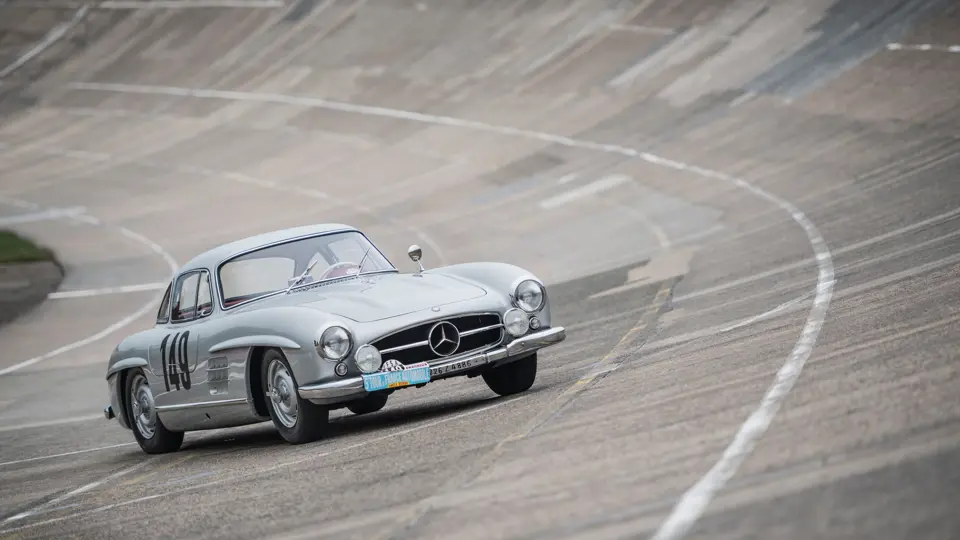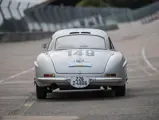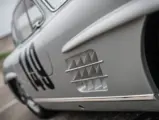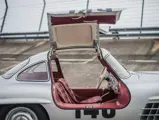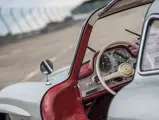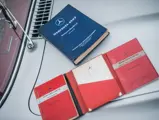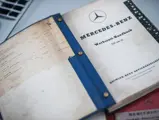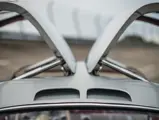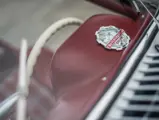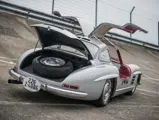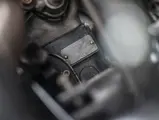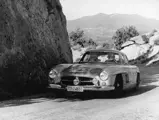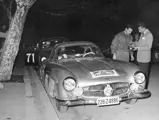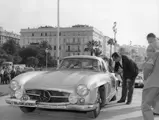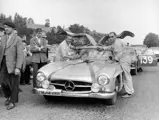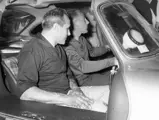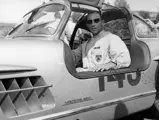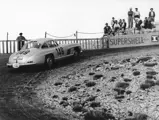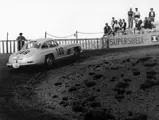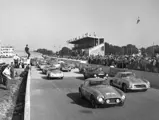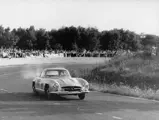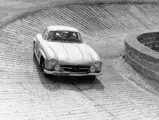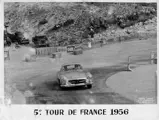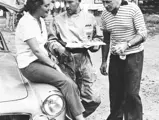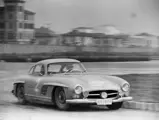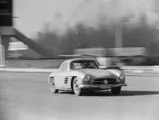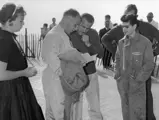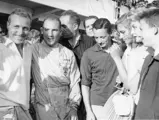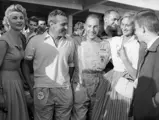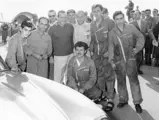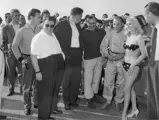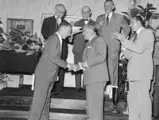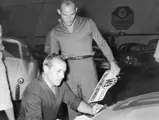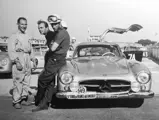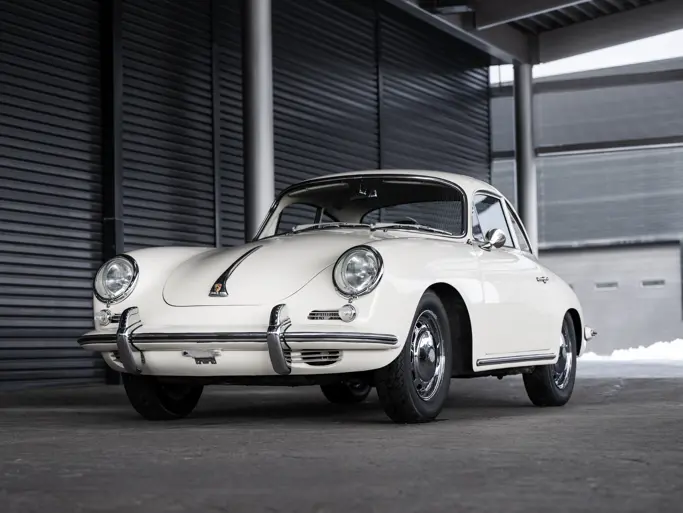
1955 Mercedes-Benz 300 SL 'Sportabteilung' Gullwing
{{lr.item.text}}
$5,000,000 - $7,000,000 USD | Not Sold
{{bidding.lot.reserveStatusFormatted}}
- The first of four Factory race-prepared W198 Gullwings
- Special competition equipment, including desirable NSL engine
- Tested by the Mercedes-Benz competition department during the 1955 season
- 2nd overall at the 1956 Tour de France; driven by Sir Stirling Moss
- Single-family ownership since 1966
- Three-year preservation restoration to authentic TdF specifications completed in 2011
- The rarest and most desirable W198 Gullwing ever offered
*Premium Lot – Bidding via Internet will not be available for this lot. Should you have any questions please contact Client Services.
Est. 240 hp, 2,996 cc SOHC inline six-cylinder competition engine with Bosch R3 mechanical fuel injection, four-speed manual transmission, independent front suspension with coil springs, modified rear swing-axle suspension with coil springs, and four-wheel ventilated drum brakes. Wheelbase: 94.5 in.
THE ULTIMATE GULLWING
The Mercedes-Benz 300 SL Gullwing of the 1950s is one of the most celebrated sports cars of all time and has been dissected time and again by automotive historians and enthusiasts. The legendary design by Sindelfingen’s Karl Wilfert, for which the model is nicknamed, essentially encompasses three separate chassis designations: the racing W194 300 SL coupes of 1952, the Formula-specification W196 SLR racecars that followed a few years later (two of which were bodied as coupes), and the W198 300 SL production cars.
Approximately 1,400 examples of the W198 Gullwing were produced over three years before it was supplanted by the 300 SL Roadster in 1957. Gullwings generally feature steel construction with alloy doors and hoods, though 29 examples were bodied entirely in aluminum alloy, and these have become even more collectable than their standard brethren because of their pronounced rarity and competition specifications.
Chassis 5500640 bucks traditional understandings of Gullwing values with its claim as one of four racing examples finished by the Untertürkheim factory’s Sportabteilung, or competition department. According to research that has synthesized the findings of the archives of the Mercedes-Benz Classic Center, Anthony Pritchard’s definitive book Gullwing (Palawan Press), marque experts including Hans Hurlimann, and owner registries such as the Gullwing Group, this car was the first of four steel-bodied W198 Gullwings that were prepared by the Sportabteilung for development and competition.
While production Gullwings were frequently raced during this period, most entries were campaigned by privateers, customers in both Europe and the United States. Mercedes did, however, enter various steel-bodied cars in events like the Mille Miglia or Targa Florio with Factory team drivers, though exact chassis records were often not recorded. These cars were generally later sold to customers.
In consideration of the ideal W198 platform to utilize for sports car competition, Mercedes-Benz racing chief Rudolf Uhlenhaut and manager Alfred Neubauer decided against the lighter alloy Gullwing, which demonstrated a fair amount of body flex after prolonged use. They instead chose the standard steel-bodied Gullwing, which could better withstand the stress of extended competition driving and could be tuned for performance every bit as impressive.
According to original data cards, chassis number 5500640 was delivered to the Sportabteilung in Untertürkheim, where it was outfitted with a host of special racing features. Upgrades included an NSL-specification motor with revised camshaft profile; Rudge knock-off wheels; a competition-type fuel-injection pump, venturi, and exhaust; special ventilated drum brakes; a larger oil tank; lower ride height from an adjusted suspension; and a specialized final axle ratio of 3.48:1. Given the dates on data cards, including a chassis completion date of August 17, 1955, and a delivery date to the Sportabteilung department on August 27, 1955, this car is believed to be the very first Factory-campaigned W198 300 SL. As well as featuring the earliest chassis number of the four known cars, it also spent the longest time (13 months) with the competition department.
During this time, the Gullwing was utilized by the Factory team for training and competition, including possible use by legendary drivers Juan Manuel Fangio, Stirling Moss, Karl Kling, John Fitch, and Hans Hermann. While it is unclear which particular races, if any, the car participated in on behalf of the Factory, there is little question that these important drivers piloted the car at some point.
In steps Georges Houel, a well-known Parisian rugby man, motorcycle racer (winner of the 1951 Swedish GP), and lover of the Tour de France Auto. Though he did not have the necessary funds to enter the race, he did have a great connection at Mercedes-Benz. Stirling Moss had quietly made Houel aware that the Factory would be offering the Sportabteilung Gullwings for sale. As such, Houel convinced his friend, Hans Hommel, to finance a car for the upcoming TdF. Famed Porsche and Ferrari driver Jean Behra, a fixture of the Tour, also suggested that Houel should enter the 1956 race with Moss, and Moss agreed on the condition that he could assume all driving duties. So, on September 14, 1956, chassis 5500640 was sold by the Factory to Bernard Hans Hommel and then driven back to Paris by Houel in order to make the start of the race on September 17.
A period photograph was taken in mid-September of Houel, having just driven from the factory in Stuttgart, standing with one foot in the car, door open, while parked near the Champs-Elysees. The photo also shows the beautiful 300 SL finished in silver grey metallic paint. Other period photos, including one with Moss sitting in the driver’s seat, provide a glimpse of the interior’s checkered gabardine cloth upholstery, which was trimmed with blue Tex leather.
Wearing #149, Moss and Houel entered the Tour de France Auto in the Group B competition-car class, joining a contingent of Group A standard-specification Gullwings. Their principal foils would be a similar grouping of three-liter Ferrari berlinettas, one of which would soon be renamed for the French race.
Chassis number 5500640 struggled with mechanical issues early in the multi-stage rally, with faulty ignition leading to a reduction in power. Moss was reportedly so frustrated with the issues that he very nearly resigned from the race, until a rather anonymous corner garage in Grenoble sorted out the issue. In typical fashion, Moss roared back emphatically from that point forward, far outperforming the eventual winner (the Marquis de Portago and his namesake Ferrari 250 GT Berlinetta) during the final stage of the tour. Well ahead on points already, the Marquis raced safely enough to avoid crashing or making any mistakes, and Moss consequently made up sufficient time in the 300 SL to place 2nd overall, a remarkable finish given his poor start.
George Houel went on to race the Sportabteilung Gullwing several more times over the next few years, placing 3rd at the 1956 Coupes du Salon and 5th at both the Rallye d’Automne and the “10,000 Corners” Tour de Corse. Outings in 1957 were less successful, resulting in two early retirements (12 Hours of Reims and 6 Hours of Saint-Cloud) followed by a DNF at the Andorra-Monaco Rally resulting from a blown tire. Houel also raced the Gullwing in the 1957 Sestriere Rally in Italy.
By the late 1950s, the unique Gullwing had been acquired by a Mr. Besnies, who kept the car in largely unrepaired condition. The SL fell into the hands of a French dealer, Mercedes Archambeaud (a division of importer Mercedes Ch. Delecroix), and was soon spotted in 1966 by the father of the current owner, a longtime Gullwing enthusiast. Having been entranced as a boy by an early W198 Gullwing show car at the 1955 Paris Salon, he was thrilled at the opportunity to finally acquire his dream car 11 years later.
After a year of regular use, the happy owner decided that the 300 SL was in need of detailed work. At this point, the owner knew very little regarding the car’s early history, and to his shock, handwriting on the belly pan was discovered upon disassembly that variously read, “1956, Frances, Britain, Moss.” Unfortunately, due to lack of time, the repairs were never completed, and the car lay dormant for the next 40 years. It eventually came into the ownership of his son in 2008, who picked up where his father had left off, and further work on the Gullwing commenced. Given the car’s amazing state of long-term preservation, as well as the presence of all the original, specialized Sportabteilung equipment, the Gullwing made for an ideal subject for a high-level preservation refurbishment.
Available now for the first time in over 50 years, this rare 300 SL is one of just four Factory-competition W198 Sportabteilung examples produced and one of just two that are still known and accounted for. Rarer than the ever-valuable alloy Gullwings, this car also claims competition use by the legendary Stirling Moss at the historically significant 1956 Tour de France. Sensationally restored to its 1956 TdF livery with #149, chassis 5500640 is an important and little-known chapter in the Gullwing racing legend, possibly the most important Gullwing to ever be sold at auction. It begs the consideration of any serious collector and should be regarded as a golden-grail acquisition for Stuttgart purists in particular.




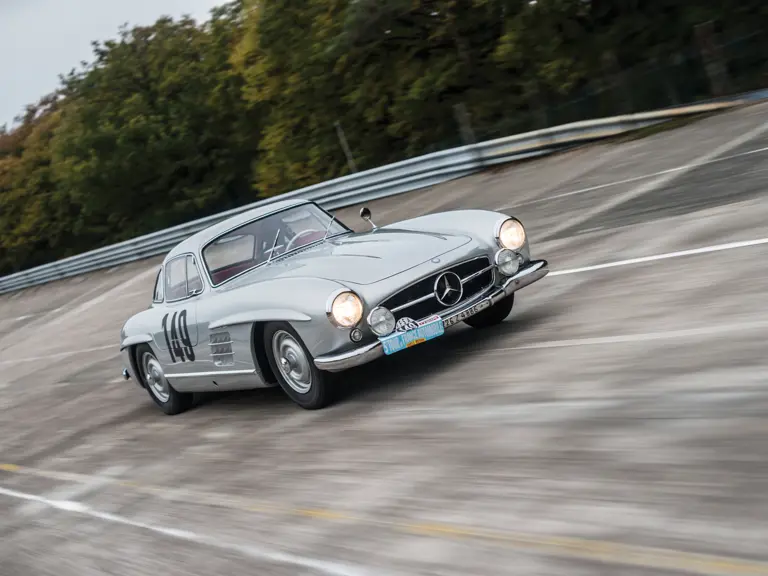

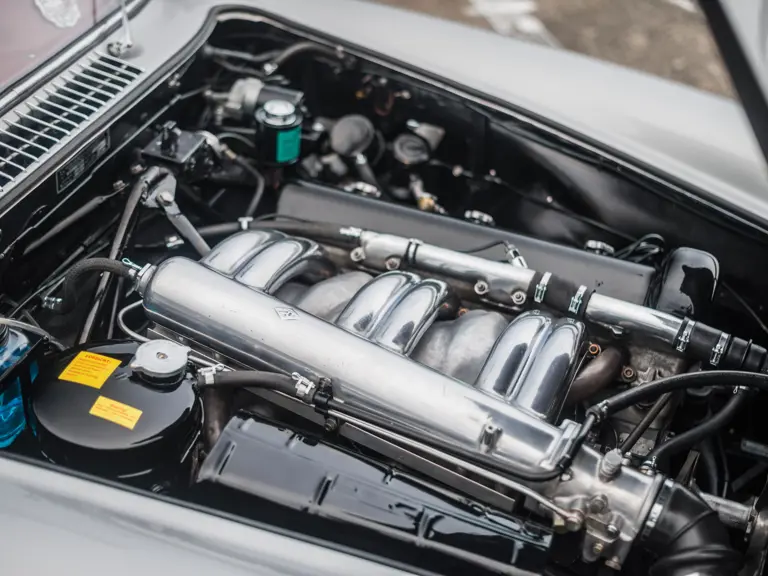
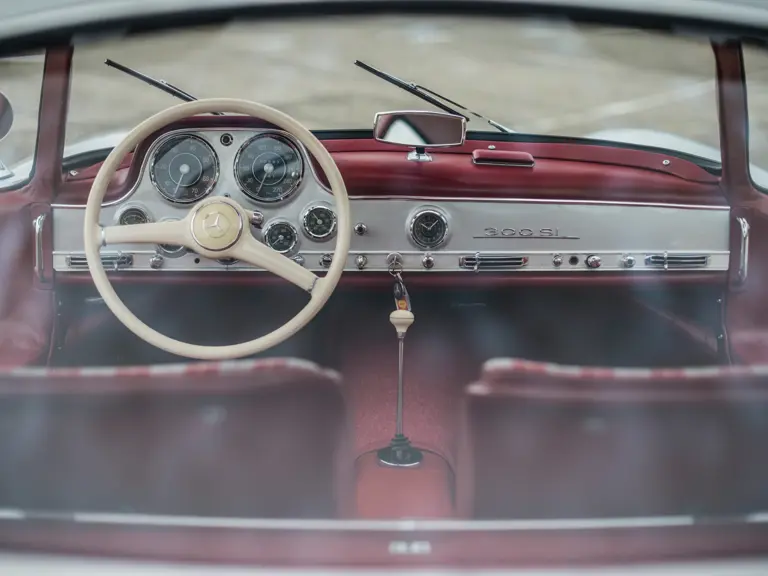
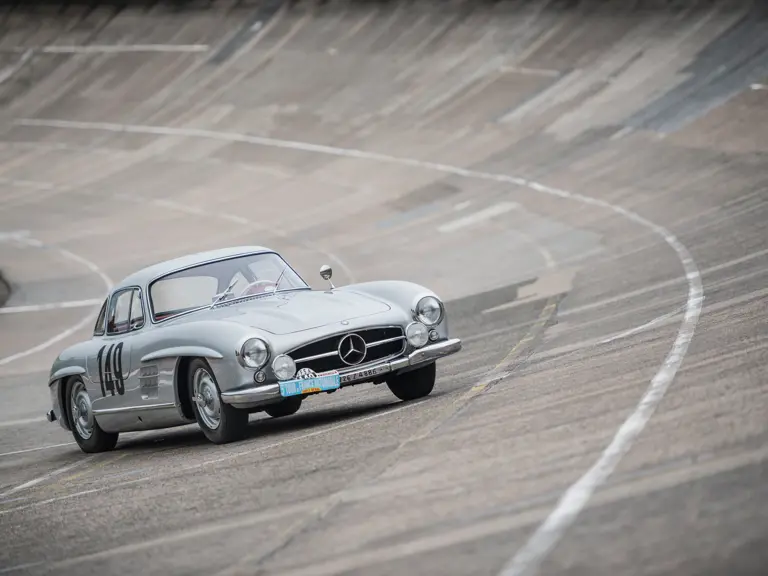
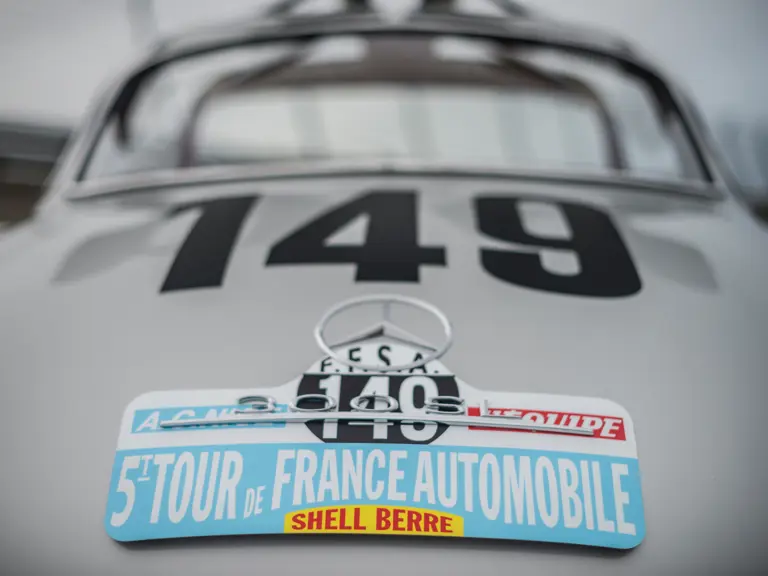

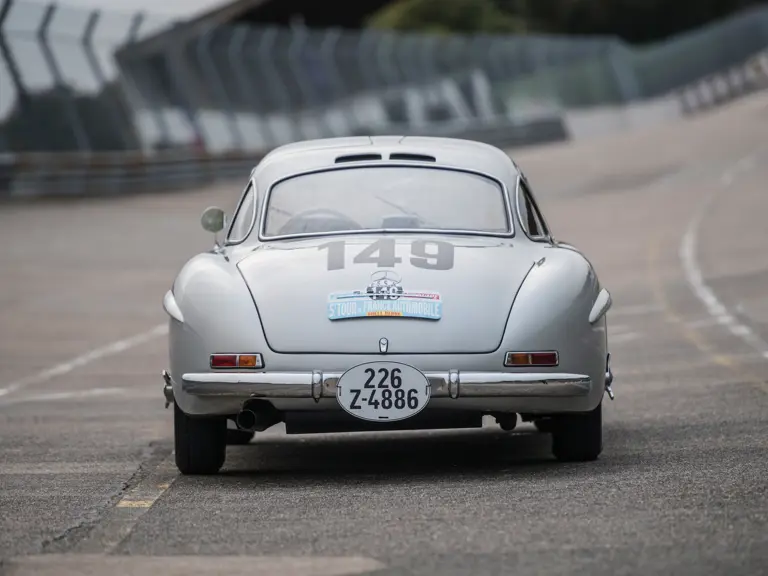
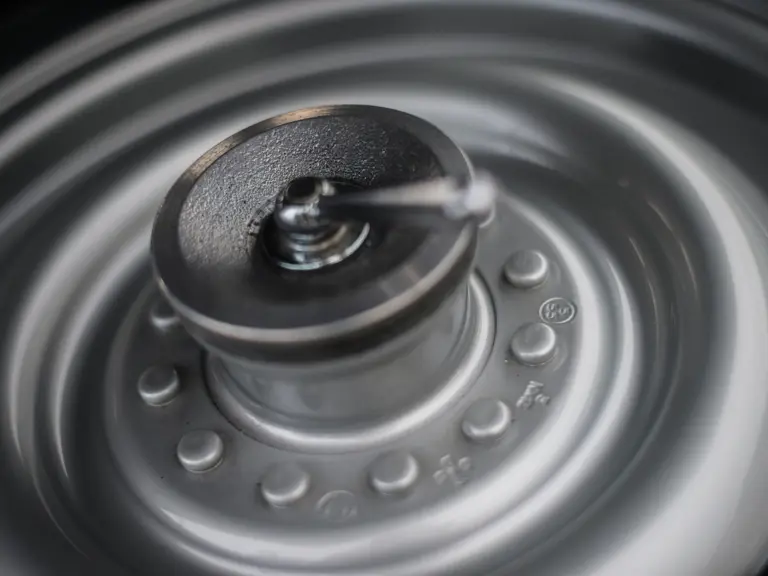

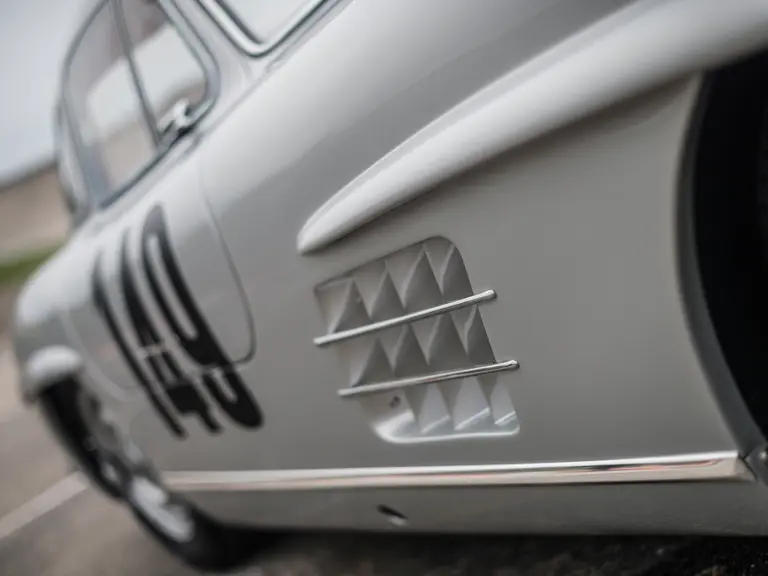
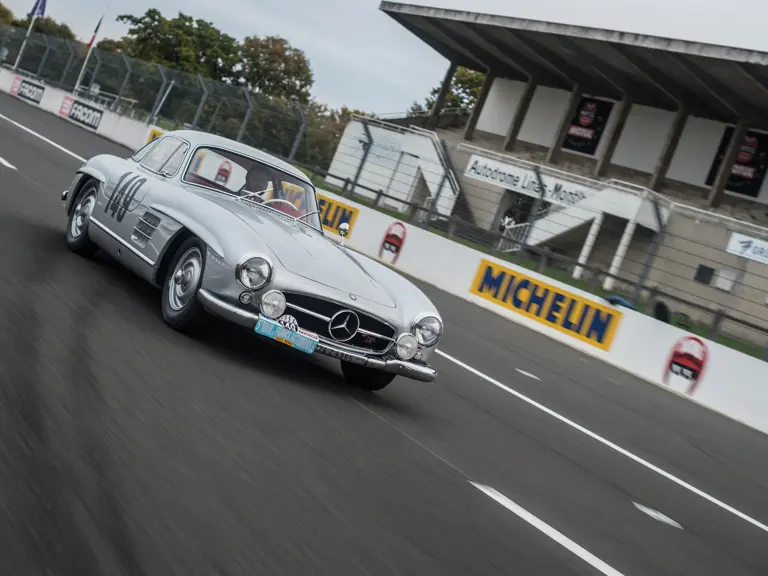
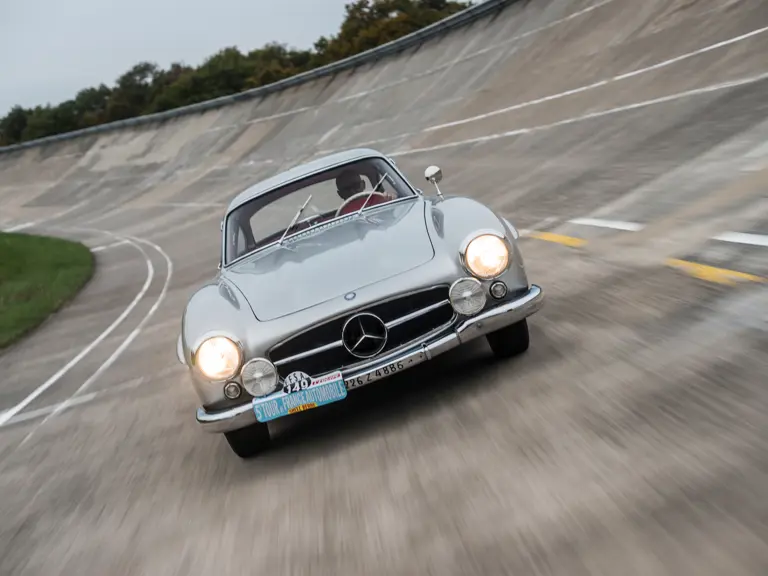
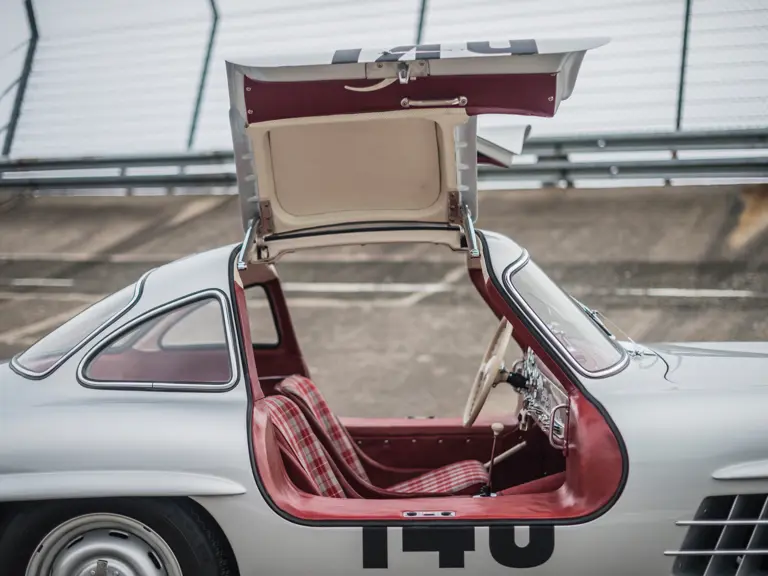
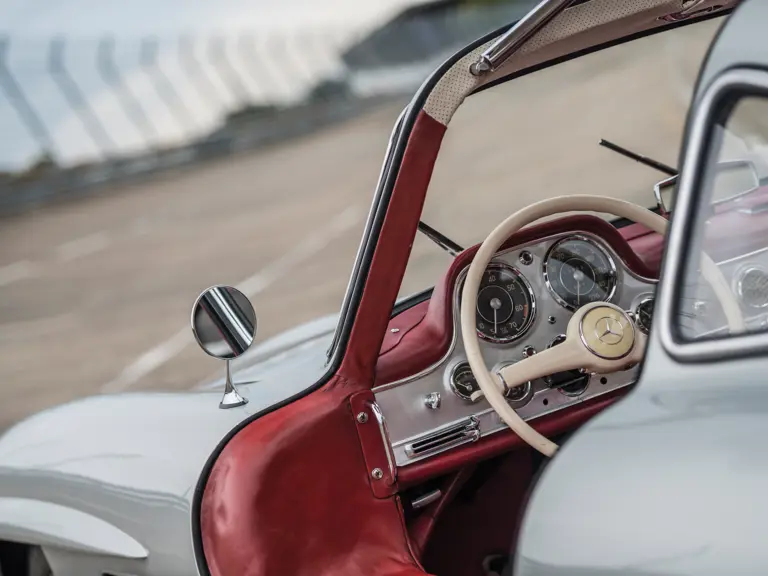

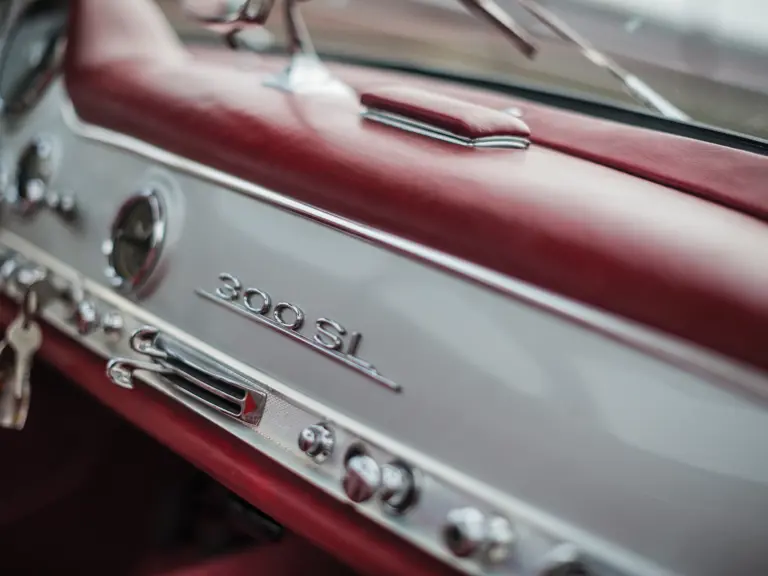
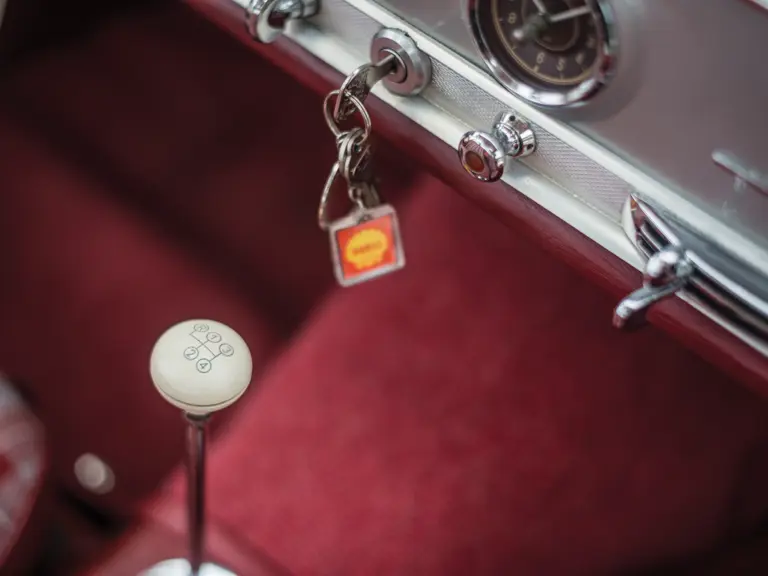

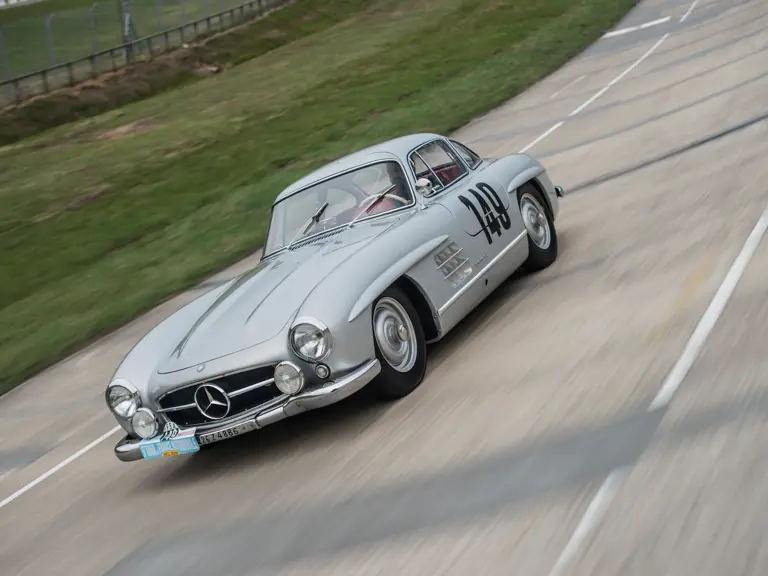
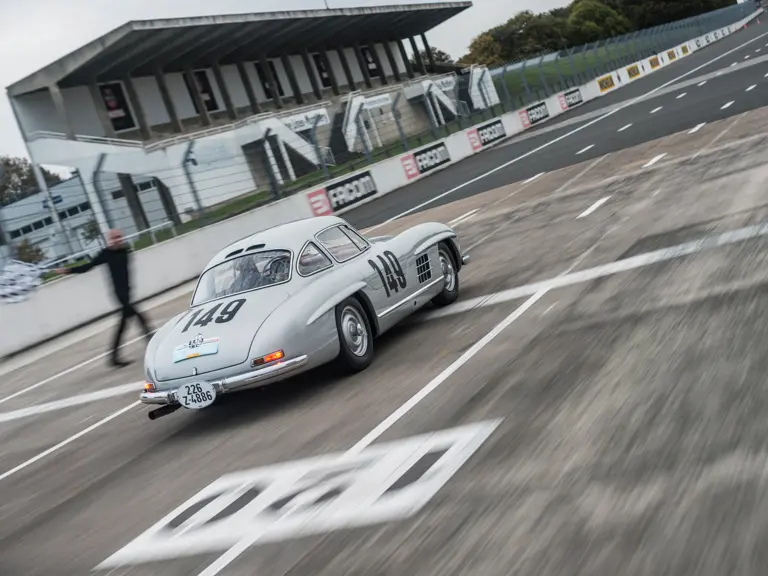

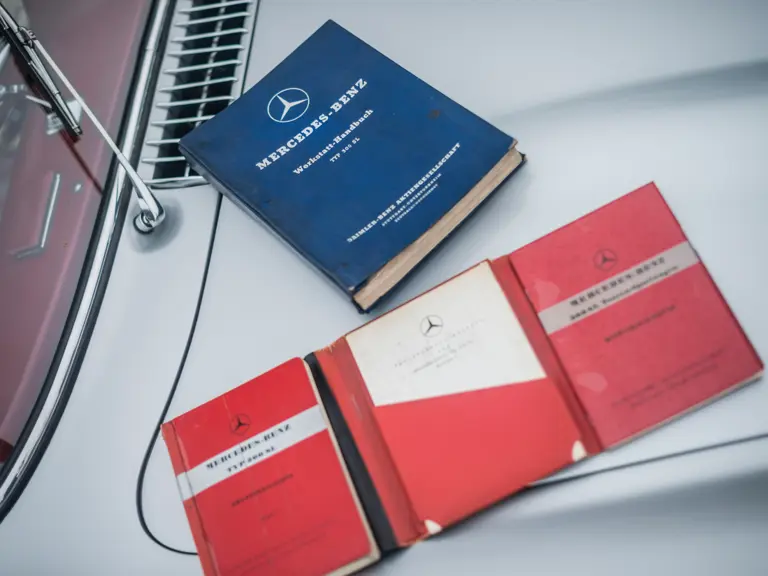
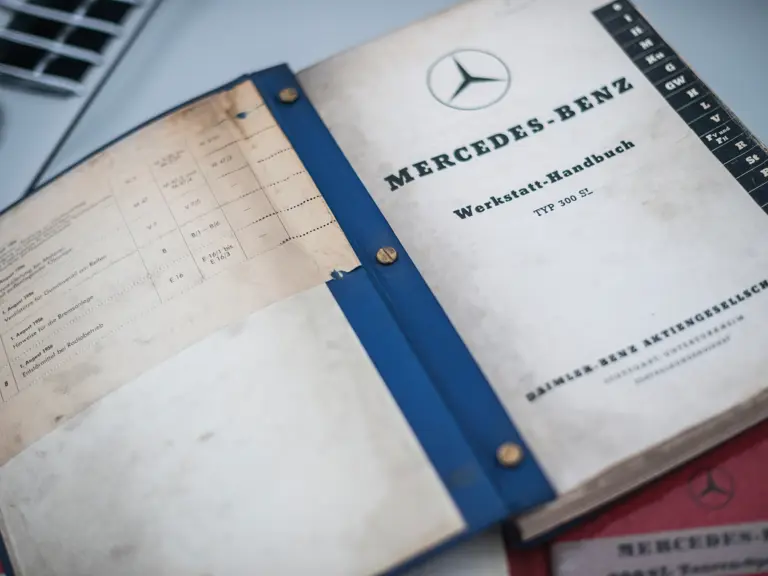


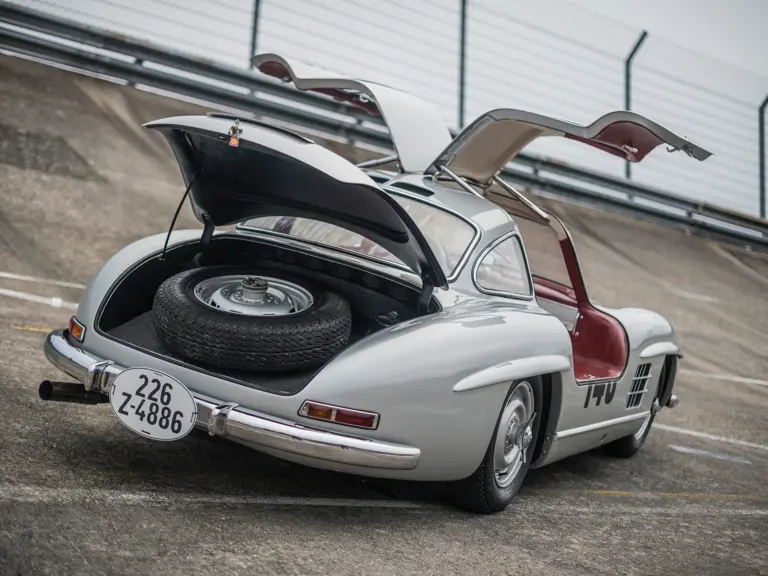

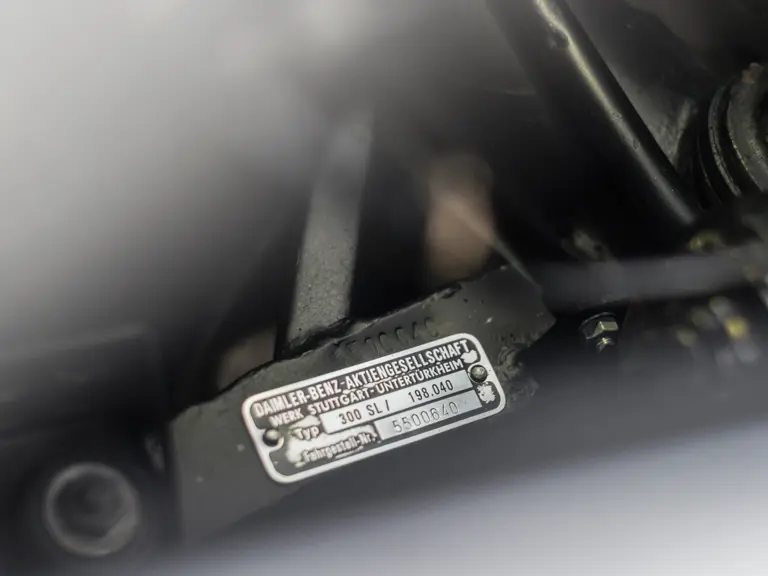
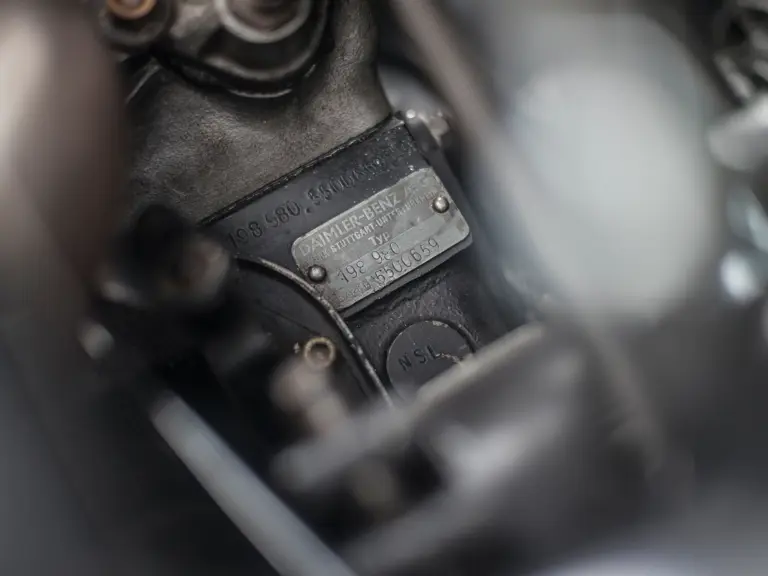
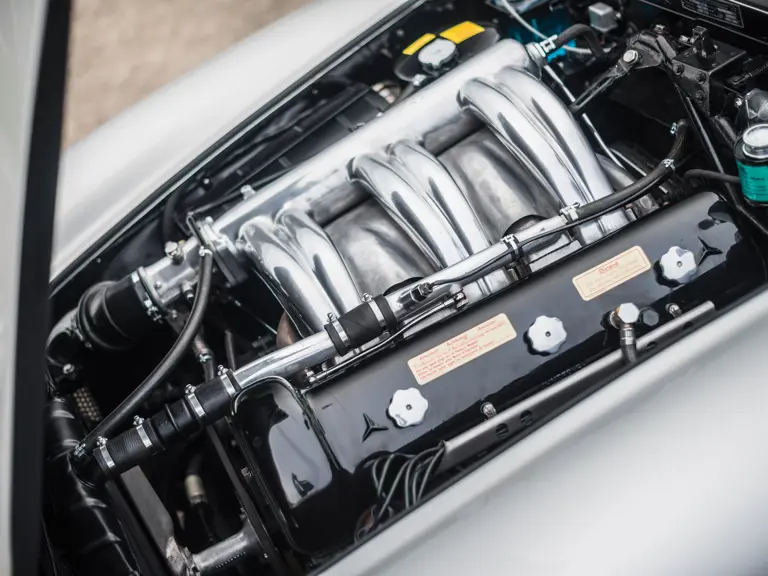


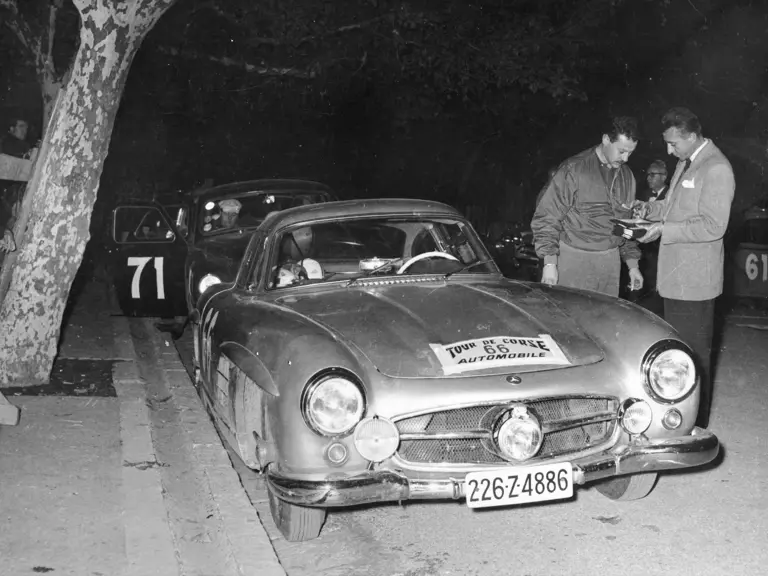
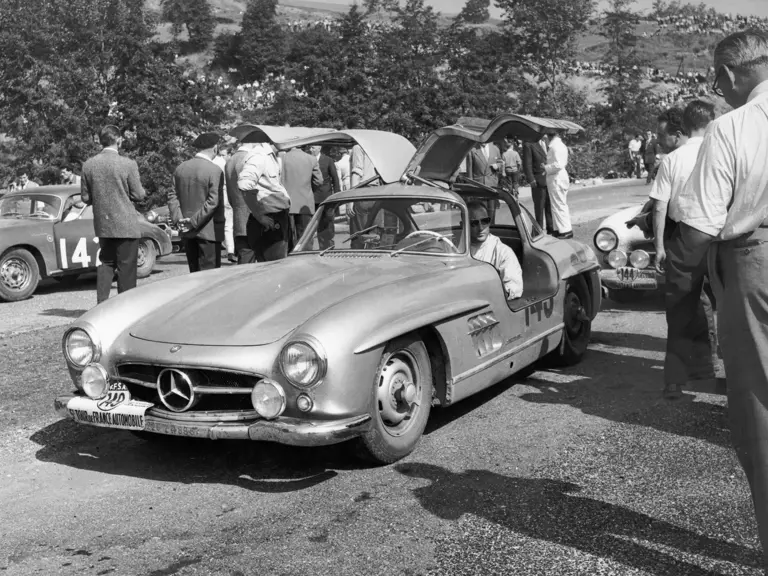
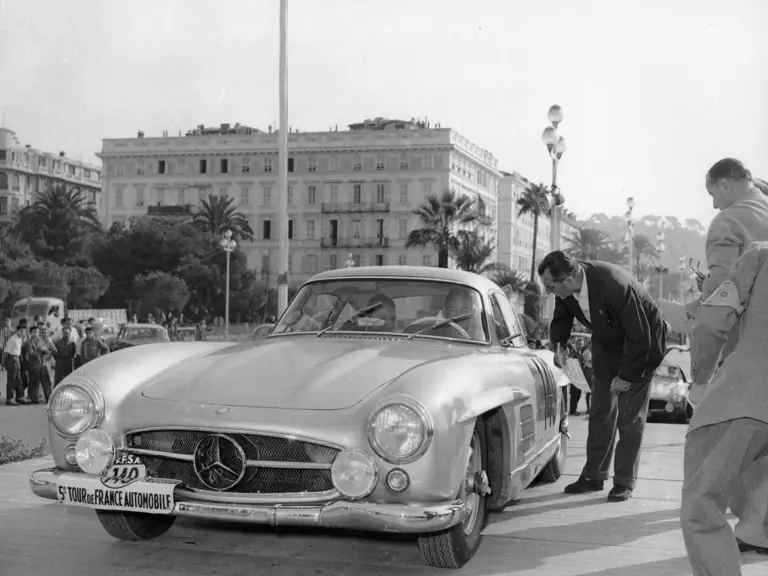
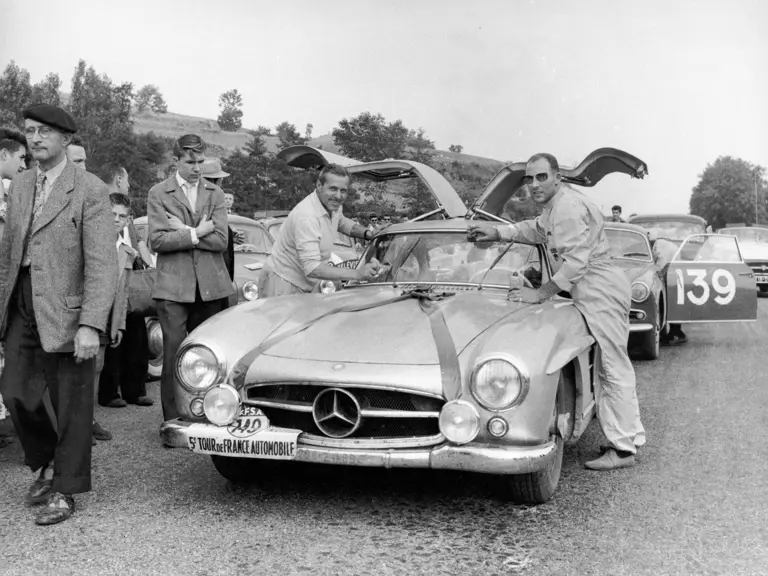
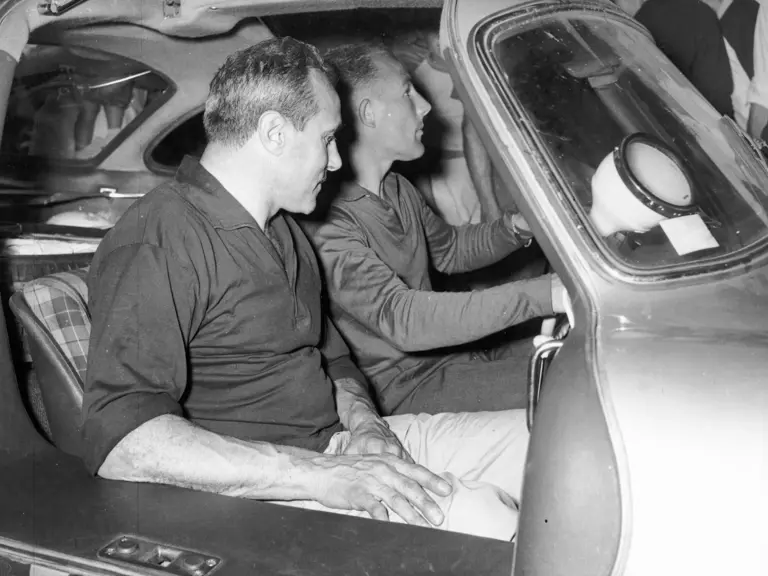

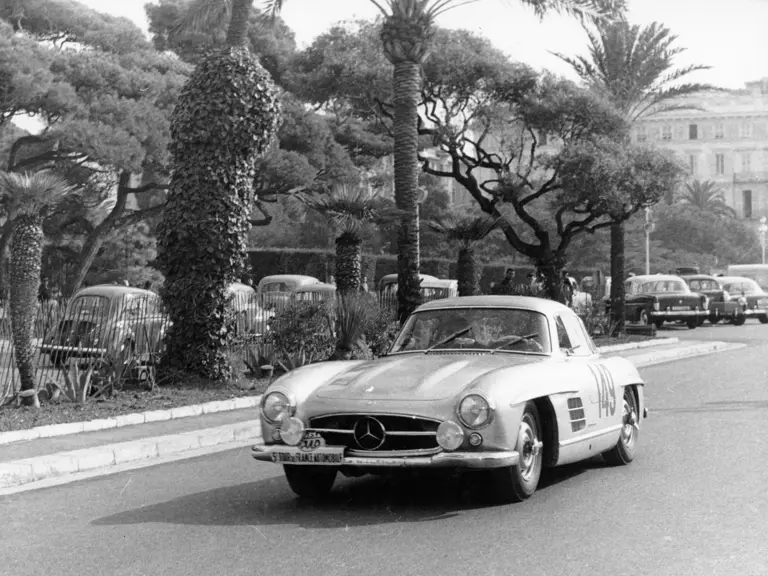


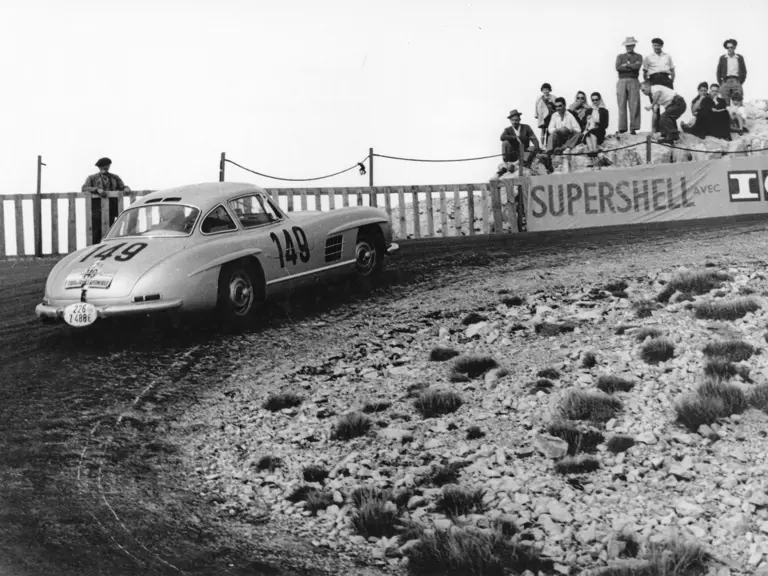

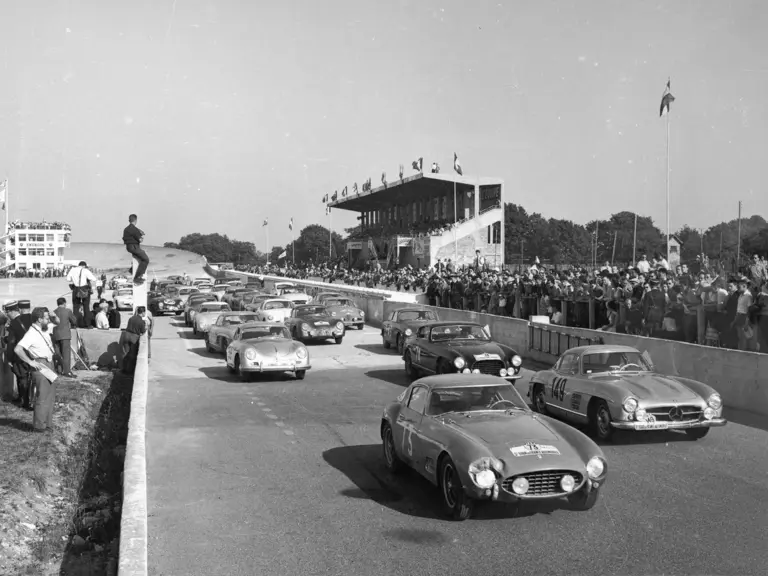
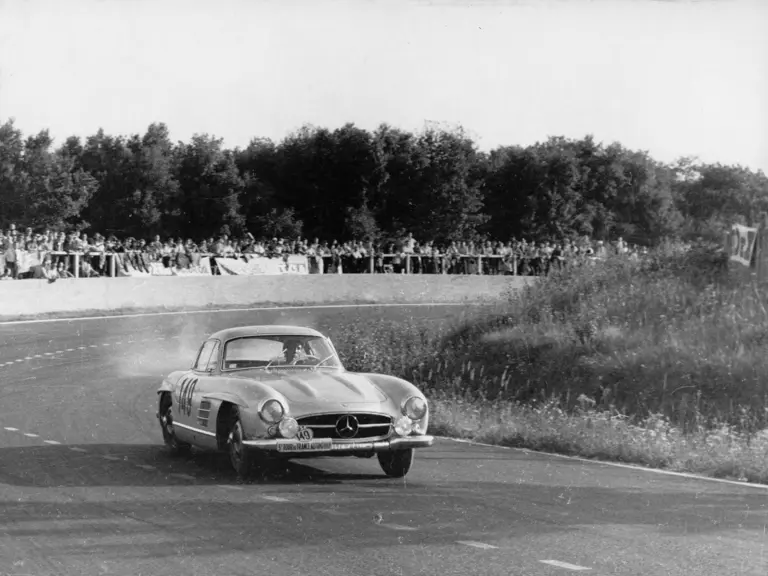


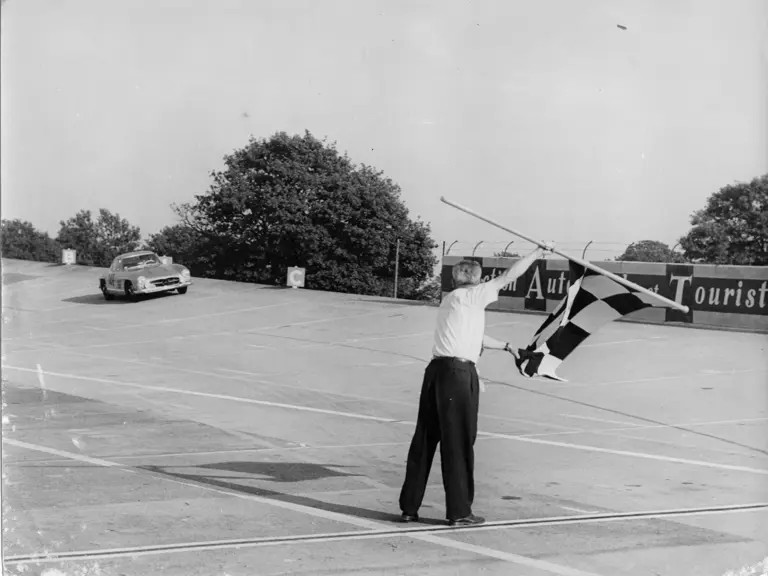







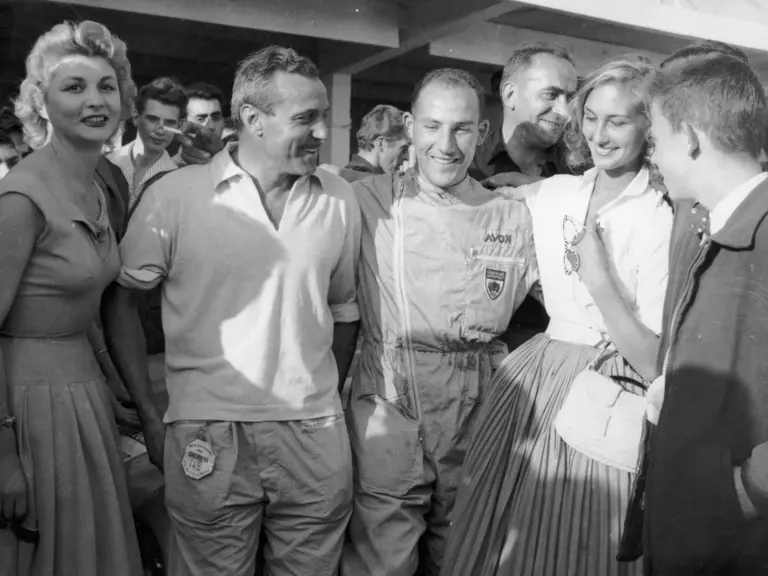
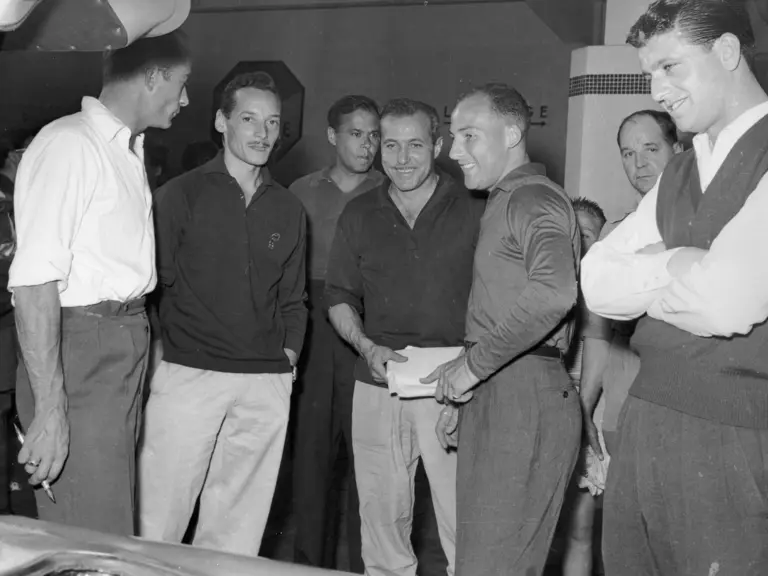
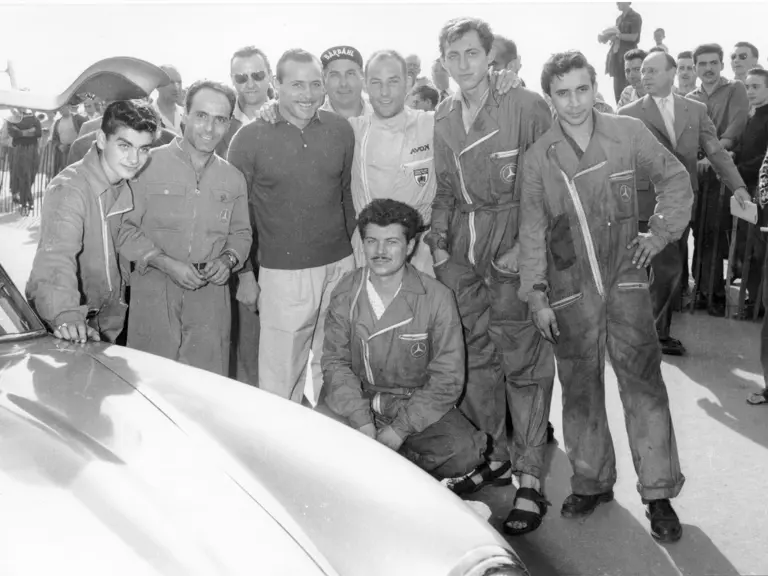
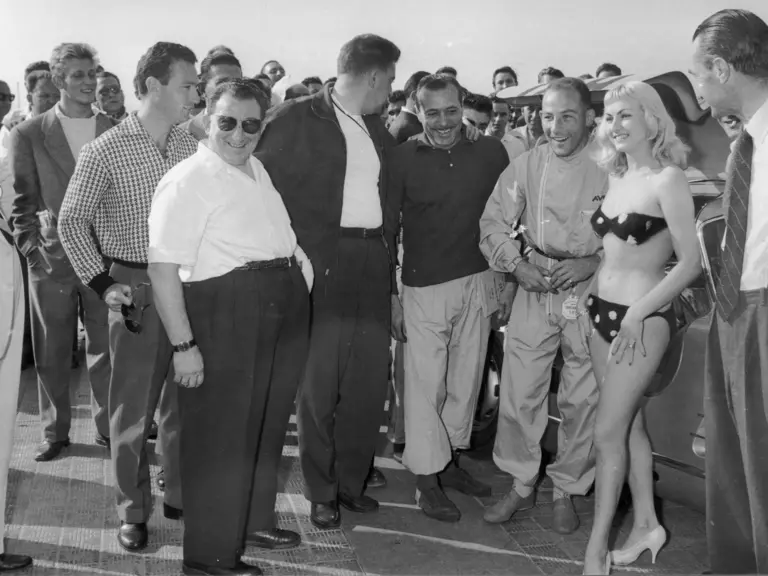

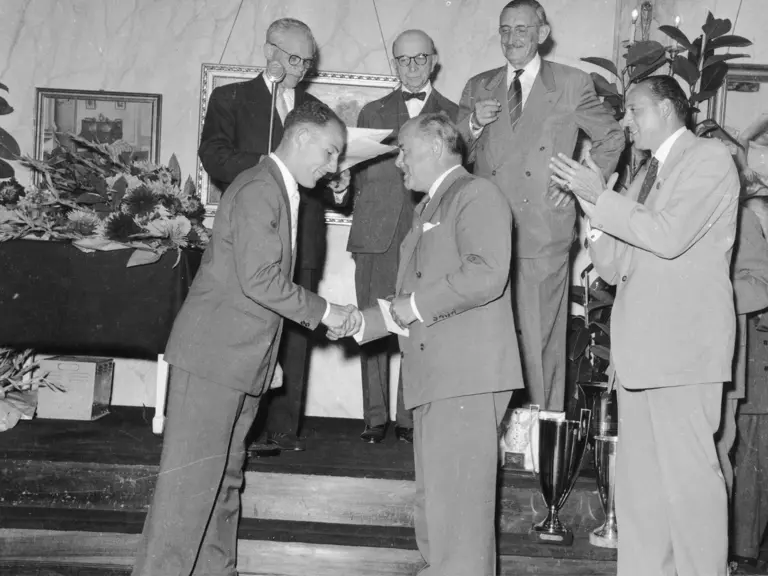
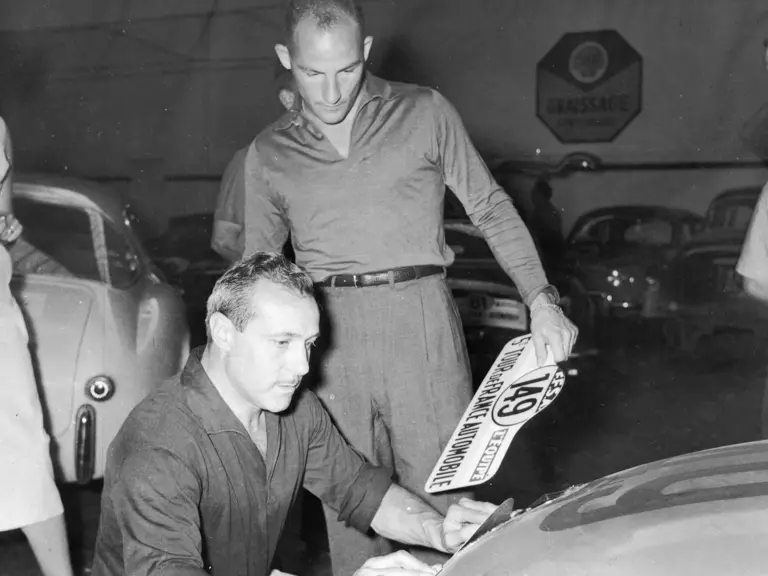

 | New York, New York
| New York, New York
